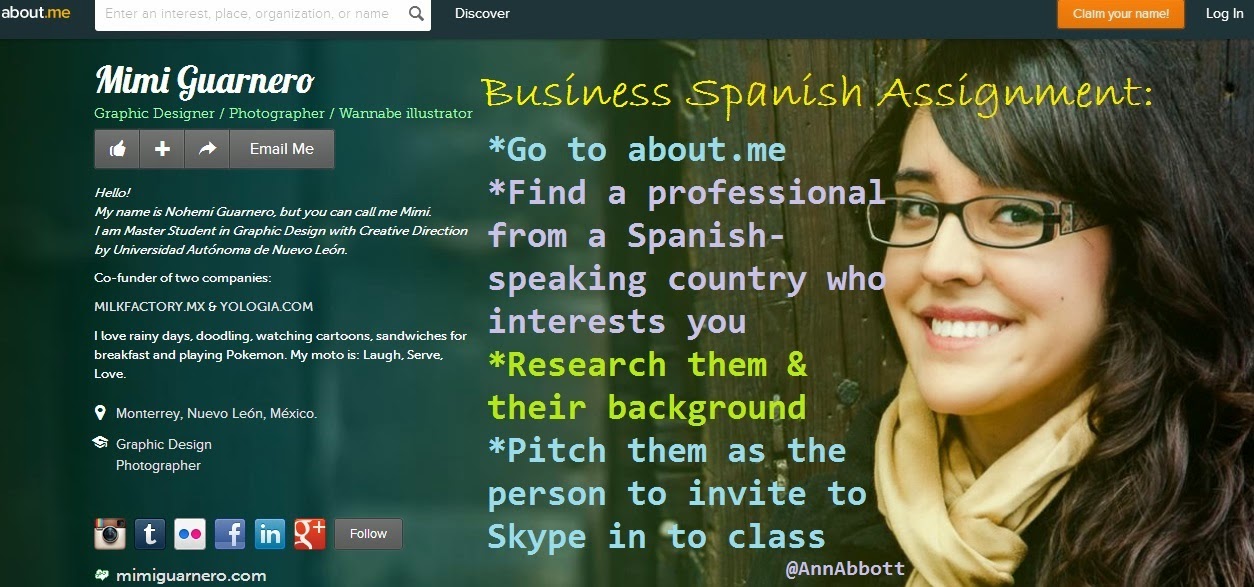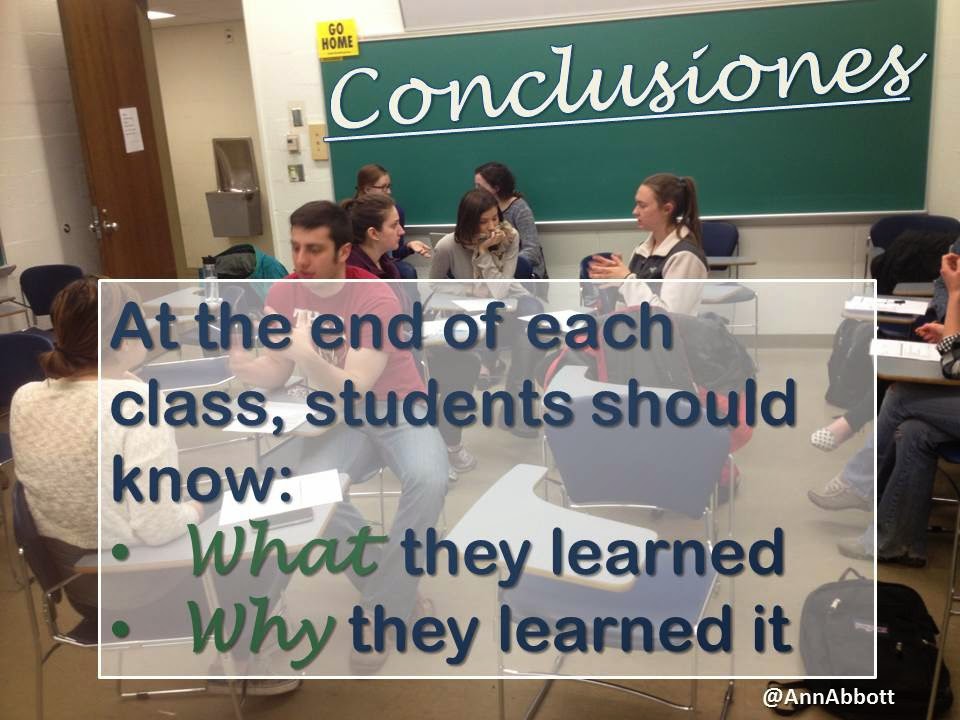Business Spanish Lesson Plans: Week 2

Week 2 by Ann Abbott Business Spanish, Week 2 Monday | Labor Day, no class Wednesday | Exito comercial, Capítulo 1, Actividades 1. Vocabulario, p. 3. I'll ask students for the following: Dos pares de sinónimos. Una palabra de la lista que es una extensión de otra palabra en la lista. Describe la relación entre la gerencia y la mano de obra. 2. Stations. I'll set up three stations. Al teléfono , p. 12. On one end of the room, I'll have my laptop set up with the dvd that plays audio. Students will answer question 1, a-e. Comprensión y comunicación , p. 20-21. On the opposite side of the room, I'll ask a student to use their laptop to play the dvd with the video of the consecutive interpretation. Students will need to answer two of the "Al ver" questions. Geografía, pp. 13-16. I'll have pages printed out with the questions, and they will have to answer them. 3. Conclusion. We'll do some interactive geography quizzes to...









